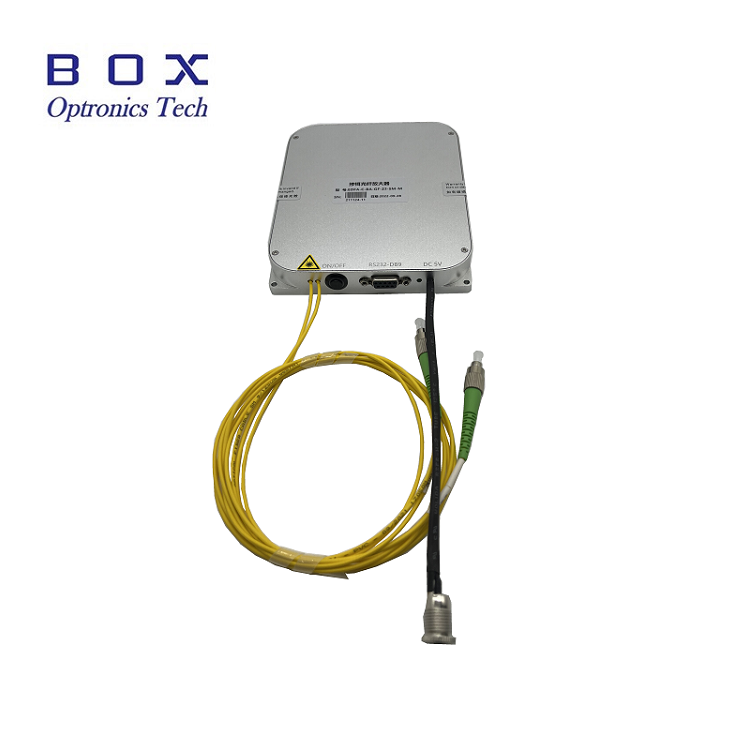Noise Index of Fiber Amplifier Modules
2025-06-25
Fiber amplifier modules, particularly those based on erbium-doped fiber amplifiers (EDFAs), play a crucial role in modern optical communication systems by boosting signal strength without converting it back to an electrical signal. However, one key performance metric that significantly impacts their efficiency and application is the Noise Index, often referred to as the Noise Figure (NF). Understanding this parameter is essential for assessing the quality and suitability of fiber amplifiers for long-distance or high-capacity optical networks.
What is the Noise Index?
The Noise Index (Noise Figure) of a fiber amplifier quantifies how much additional noise the amplifier introduces into the signal. It is defined as the ratio of the input signal-to-noise ratio (SNR) to the output SNR, typically expressed in decibels (dB). A lower noise figure indicates better amplifier performance because less noise is added to the signal during amplification.
Sources of Noise in Fiber Amplifiers
The dominant noise in fiber amplifiers comes from amplified spontaneous emission (ASE), which arises when excited erbium ions in the fiber emit photons spontaneously. These photons are indistinguishable from the signal photons and get amplified along with the signal, contributing to the noise. Other sources include pump laser noise and reflections due to imperfect connectors or splices.
Typical Noise Index Values
For standard EDFAs, the noise figure typically ranges between 4 to 6 dB, depending on the design and operational conditions. Advanced configurations, such as those incorporating low-noise pumping schemes or cooled components, can achieve noise figures below 4 dB. However, reaching the quantum-limited noise figure (around 3 dB) is practically challenging due to physical and material constraints.
Impact on System Performance
A higher Noise Index directly degrades the SNR, which can limit the maximum transmission distance, data rate, and overall capacity of an optical communication system. In wavelength-division multiplexing (WDM) systems, this can be particularly problematic, as crosstalk and channel degradation become more significant with increased noise.

Minimizing the Noise Index
Several strategies are employed to reduce the Noise Index in fiber amplifier modules:
Optimized Pump Wavelengths and Power: Using appropriate pump wavelengths (e.g., 980 nm or 1480 nm) and stable power sources reduces excess ASE.
Improved Fiber Design: Tailoring the doping profile and length of the erbium-doped fiber enhances gain efficiency and reduces spontaneous emission.
Gain Flattening Filters: These help maintain uniform gain across all WDM channels, reducing noise variation.
Temperature Control: Cooling systems stabilize the internal environment, limiting noise caused by thermal effects.
Conclusion
The Noise Index of fiber amplifier modules is a critical performance indicator that influences the efficiency and reach of optical communication systems. Lower noise figures translate to better signal integrity, higher data throughput, and longer transmission distances. As demand for faster and more reliable communication grows, ongoing innovations in amplifier design and materials continue to push the boundaries of low-noise amplification.